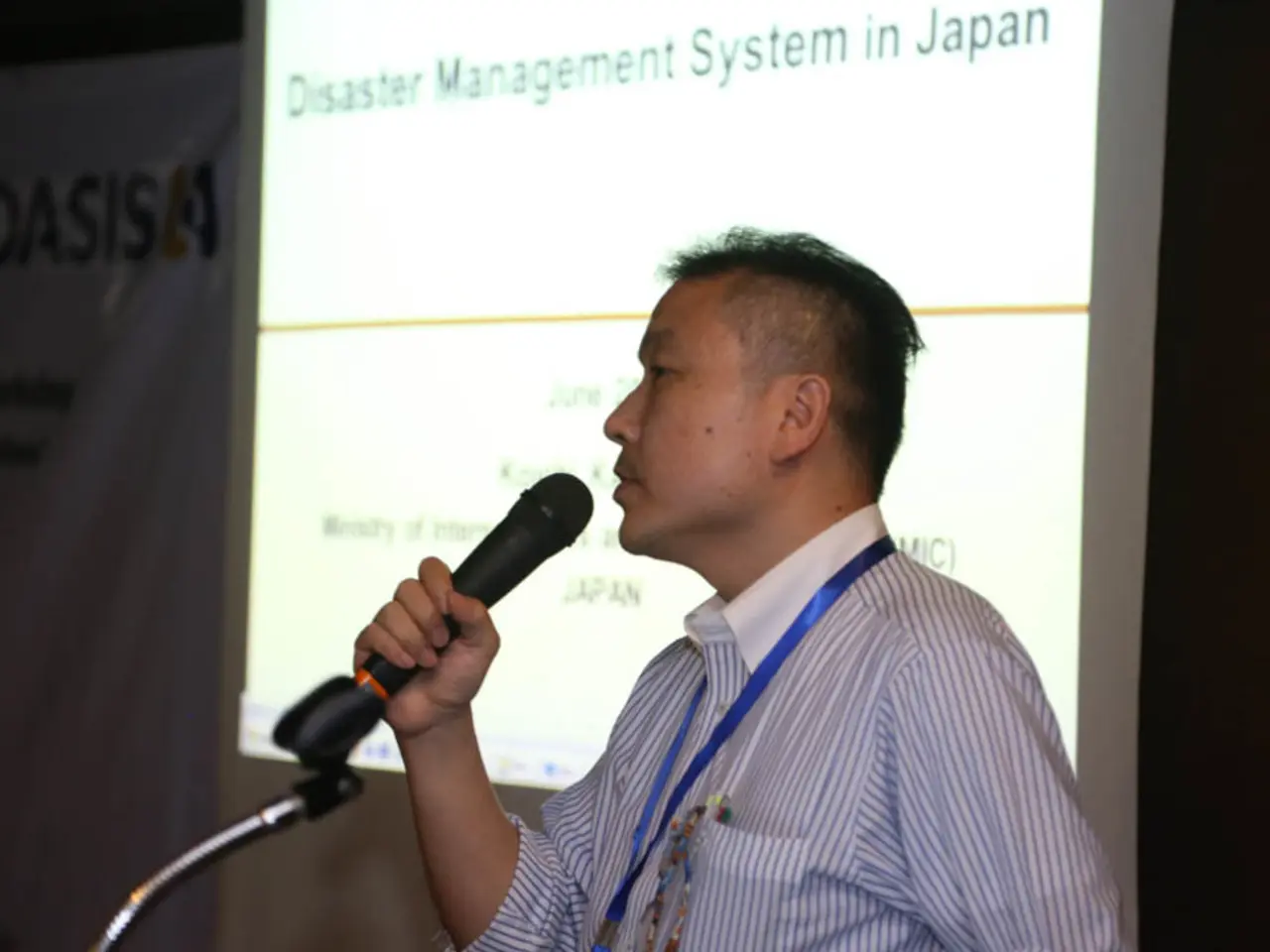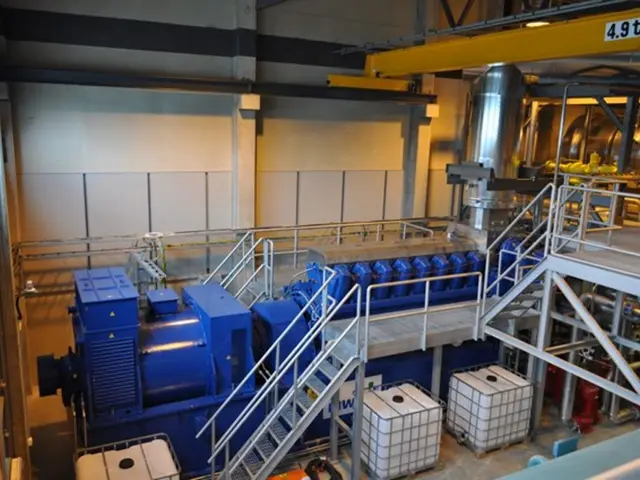Catastrophic Earthquake Strikes: 8.8 Magnitude Quake Causes Tsunamis and Volcanic Eruption, Ranking as Sixth Strongest Ever Recorded on the Planet
A powerful earthquake with a magnitude of 8.8 struck the Kamchatka Peninsula in eastern Russia on July 30 at 11:25 am local time, according to the United States Geological Survey (USGS). This earthquake, which occurred along the Pacific Ring of Fire, is among the top six strongest earthquakes ever recorded and has caused tsunami warnings across the Pacific region.
The Pacific Ring of Fire, a 40,000-kilometer-long tectonic belt around the Pacific Ocean, has been the location of all the previous strongest earthquakes. It is responsible for 75% of the world's volcanic activity and 90% of its earthquakes. The Klyuchevskaya Sopka volcano, located along the Pacific Ring of Fire, began erupting shortly after the earthquake.
The magnitude of the Kamchatka earthquake is tied for the 6th strongest on record. The 1960 Valdivia earthquake in Chile remains the strongest earthquake ever recorded at magnitude 9.5. The 1964 Alaska earthquake is the second strongest at magnitude 9.2. The 2004 Sumatra earthquake, which triggered deadly tsunamis, ranks third at magnitude 9.1.
Tsunami warnings were issued on islands and coasts from Alaska to Hawai'i, Japan, South America, and Polynesian nations. Shorter waves have been reported across the Pacific. As of now, there are no reported casualties from the quake or the tsunami. Waves of up to 4 meters (13 feet) were reported in the Russian town of Severo-Kurilsk.
The magnitude of an earthquake is a logarithmic scale, so every integer represents an increase of 10 times. The recent Kamchatka earthquake is at least 1.5 times weaker than the top 5 strongest earthquakes on record.
Two other earthquakes with a magnitude of 8.8 have been reported: one off the coast of Chile in 2010 and the other off the coast of Ecuador in 1906. The US Geological Survey reports that the strongest earthquake on record, with a magnitude of 9.5, occurred in Biobío, Chile in 1960.
Notably, the Trump administration has reportedly targeted cuts to the tsunami warning system, which may have significant implications for the preparedness and response to such events in the future.
[1] USGS Earthquake Hazards Program [2] National Oceanic and Atmospheric Administration (NOAA) Tsunami Warning Center [3] Pacific Tsunami Warning Center [4] European-Mediterranean Seismological Centre (EMSC)
- The earthquake on the Kamchatka Peninsula, a medical-conditions and emergency situation, has emphasized the importance of maintaining funding for organizations like the USGS Earthquake Hazards Program and the National Oceanic and Atmospheric Administration (NOAA) Tsunami Warning Center.
- In environmental-science, the Pacific Ring of Fire, a 40,000-kilometer-long tectonic belt, is not only prone to earthquakes but also houses 75% of the world's volcanic activity.
- While the recent earthquake in Kamchatka ranks among the top six strongest ever recorded, the financial implications of such events are significant, making education and self-development in finance and disaster management crucial.
- The intersection of science, technology, and lifestyle becomes evident during emergencies like tsunamis, as accurate weather forecasts, immediate data sharing, and effective communication are crucial for warnings and response efforts.
- The general-news landscape is abuzz with discussions about the potential impacts of Trump administration's planned cuts to the tsunami warning system, with concerns raised about preparedness and response capabilities in the future.
- In the realm of space and astronomy, understanding seismic activities like the Kamchatka earthquake helps scientists better comprehend the dynamics of our planet, contributing to life on Earth and paving the way for exploration of other planets and the universe.




